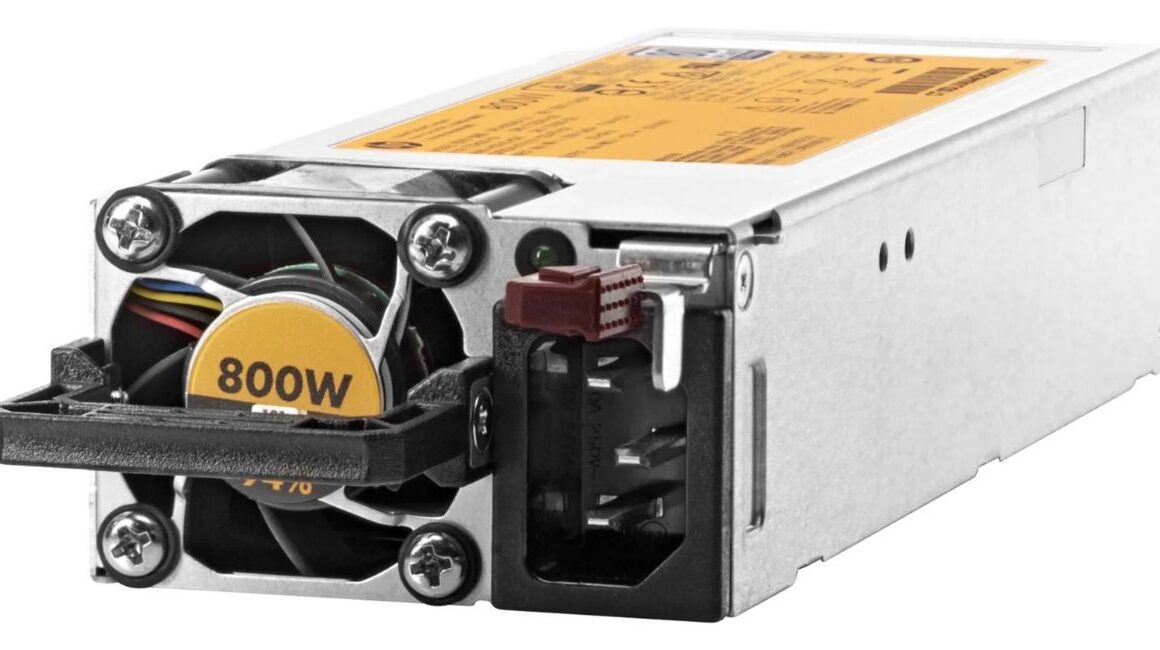Sky protection is more than a buzzword—it’s a global necessity. As climate change intensifies and air pollution rises, our skies are under unprecedented pressure. Protecting the sky means defending the Earth’s atmosphere from harmful pollutants, greenhouse gases, and destructive human activity that threaten the planet’s balance.
Without immediate action, the consequences are dire: extreme weather, ecosystem collapse, and long-term health hazards. In this article, we’ll explore the dangers our sky faces, solutions at both personal and global levels, and why now is the time to act. Join us on a journey to understand and participate in the urgent mission of sky protection.
The Science Behind the Sky: Understanding What We’re Protecting
The “sky” isn’t just a visual backdrop to our daily lives—it’s a system of atmospheric layers that regulate life on Earth. These layers include the troposphere, stratosphere, mesosphere, thermosphere, and exosphere, each with specific roles in protecting and supporting life. The stratosphere, for instance, contains the ozone layer, which filters out harmful ultraviolet (UV) radiation.
Sky protection focuses on maintaining this atmospheric balance by minimizing pollutants and preserving natural processes. When harmful gases accumulate—like carbon dioxide, sulfur dioxide, or methane—they disrupt the balance and contribute to global warming, acid rain, and health hazards. Understanding the makeup and function of the sky is key to realizing the importance of its protection.
Moreover, atmospheric circulation influences weather, agriculture, and water availability. Even a slight disruption can trigger massive shifts in global climate. Sky protection ensures that these systems remain stable and continue to support all living organisms.
Air Pollution: The Silent Killer in the Sky
Air pollution is one of the most immediate and visible threats to sky protection. It stems from vehicles, factories, agriculture, and even household activities. Key pollutants include nitrogen oxides, carbon monoxide, ozone at ground level, and fine particulate matter (PM2.5), all of which degrade air quality and harm human health.
Polluted skies are responsible for millions of premature deaths annually. Long-term exposure to dirty air is linked to asthma, cancer, cardiovascular disease, and neurological issues. More than just a health issue, air pollution contributes to climate change by adding greenhouse gases and heat-trapping particles to the atmosphere.
Additionally, sky pollution isn’t just about chemicals—it includes light and noise pollution too. Excessive artificial lighting interferes with nocturnal wildlife and disrupts human circadian rhythms. True sky protection involves reducing all types of pollution to preserve the natural state of our atmosphere.
Climate Change and Sky Protection: Two Sides of the Same Coin
Sky protection and climate change are inextricably linked. When we release greenhouse gases, we change the atmosphere’s ability to regulate heat, leading to rising global temperatures. This warming disrupts ecosystems, melts ice caps, and increases the frequency of natural disasters.
Carbon dioxide (CO₂), the most common greenhouse gas, remains in the atmosphere for centuries. Methane (CH₄) is even more potent in the short term. As these gases accumulate, the Earth’s “greenhouse effect” intensifies, and the sky’s natural cooling mechanisms break down.
Efforts to protect the sky directly influence our climate future. Mitigation strategies such as carbon capture, reforestation, and renewable energy adoption are key to reducing atmospheric damage. The more we protect the sky today, the better we can manage the looming threat of a warmer, more volatile planet.
Solutions That Work: How We Can All Contribute to Sky Protection
There are countless ways individuals, businesses, and governments can contribute to sky protection. One of the most effective strategies is reducing reliance on fossil fuels. Switching to solar, wind, and hydroelectric energy dramatically decreases air pollution and slows climate change.
Individuals can also take simple but powerful actions:
- Use public transport, bike, or walk
- Support eco-friendly products and companies
- Avoid burning trash or using chemical-heavy sprays
- Reduce electricity use and invest in energy-efficient appliances
At the community level, tree-planting initiatives, urban green zones, and stricter local emissions regulations can enhance air quality. Meanwhile, industries can adopt cleaner technologies and governments can enforce environmental standards. Sky protection becomes successful when it’s a shared, sustained effort.
The Role of Policy and Global Collaboration in Sky Protection
Global threats require global solutions. That’s why international cooperation is essential to achieving meaningful sky protection. Agreements like the Kyoto Protocol, the Montreal Protocol, and the Paris Climate Accord show that countries can work together to reduce emissions and phase out dangerous chemicals.
The Montreal Protocol, for example, successfully banned CFCs and contributed to the healing of the ozone layer—one of the most remarkable sky protection success stories in history. Today, similar cooperation is needed to tackle carbon emissions, deforestation, and unsustainable industrial practices.
Policymakers also play a critical role in regulating pollution sources, setting emission caps, and incentivizing green technology. With strong leadership and global unity, sky protection can become a cornerstone of environmental sustainability and economic resilience.
Conclusion:
Our sky is a life-sustaining blanket that shields, nurtures, and connects us. Yet, it faces constant threats from human activity. Sky protection is no longer optional—it is essential. From the air we breathe to the climate we depend on, everything is tied to the health of our atmosphere.
By taking responsibility—both individually and globally—we can ensure the skies remain clear, safe, and sustainable for generations to come. The time to act is now. Let’s make sky protection not just a concept, but a commitment.
FAQs on Sky Protection
1. What is sky protection?
Sky protection is the effort to preserve the Earth’s atmosphere from pollution and climate-damaging activities.
2. Why is sky protection important?
It ensures clean air, climate stability, and protection from harmful radiation, supporting life on Earth.
3. What causes sky pollution?
Sky pollution is mainly caused by industrial emissions, vehicles, deforestation, and harmful chemicals.
4. How does climate change relate to the sky?
Climate change results from atmospheric damage due to greenhouse gases, which alter weather and heat balance.
5. What can individuals do to protect the sky?
Reduce energy use, limit car travel, recycle, and support clean energy initiatives.
6. Can trees help with sky protection?
Yes, trees absorb CO₂ and produce oxygen, helping regulate atmospheric balance.
7. How do governments help protect the sky?
By creating policies that regulate emissions, invest in green technology, and join international climate agreements.
8. What is the role of the ozone layer?
It blocks harmful ultraviolet rays, preventing skin cancer and ecosystem damage.
9. Are there technological solutions to protect the sky?
Yes—renewables, carbon capture, and satellite monitoring all help reduce sky damage.
10. Is sky protection possible without global cooperation?
Not effectively. The atmosphere is shared, so cross-border collaboration is essential.



